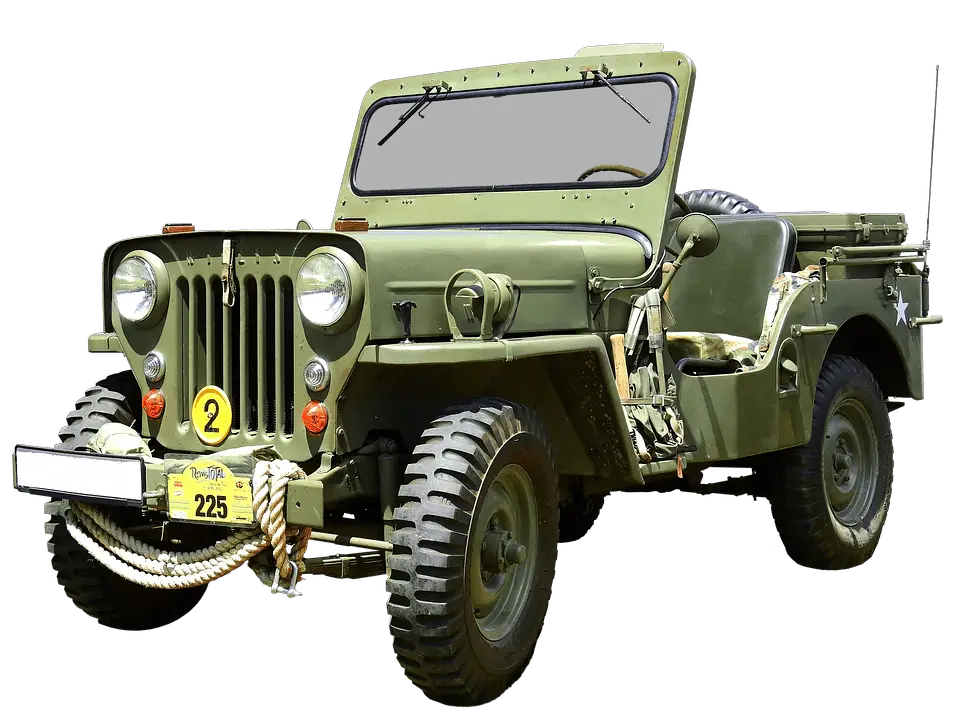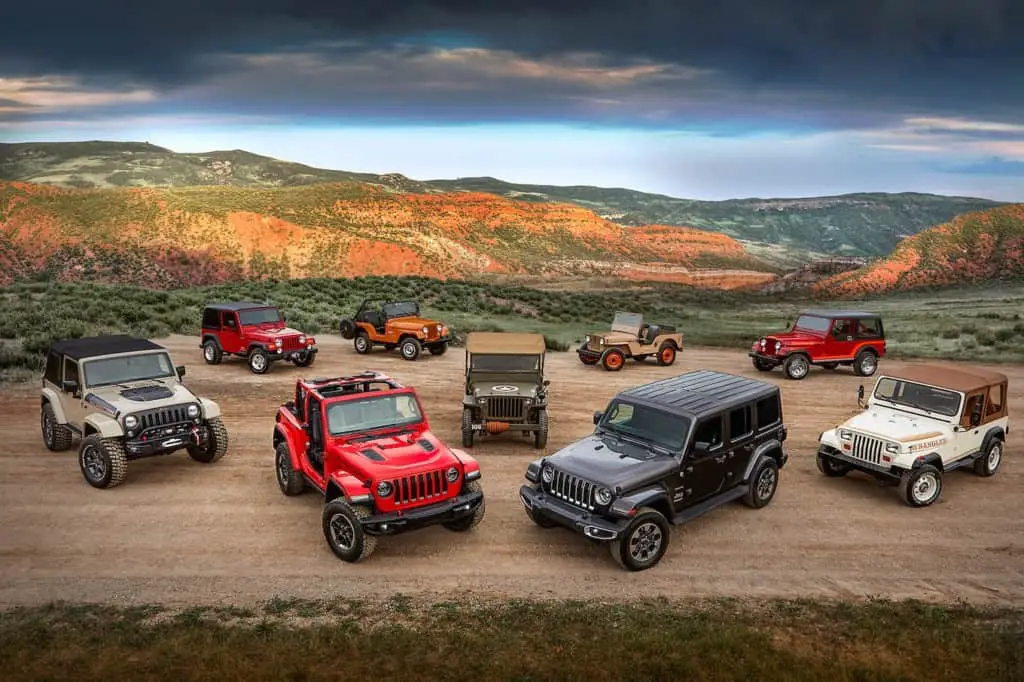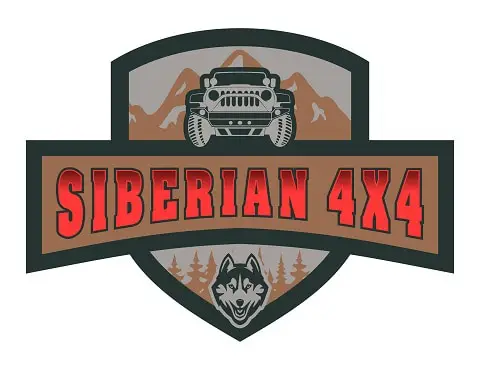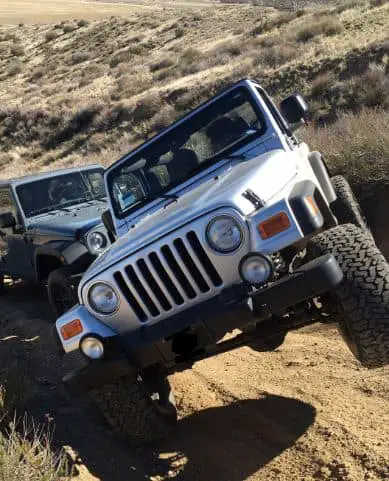After owning a 1999 Jeep Wrangler for over 10 years, I’ve never felt like I might tip over. I decided to do some research into why Jeeps have this reputation. Here’s what I found out.
Why do Jeeps tip over? Like any SUV, Jeeps are more prone to roll/tip over due to their higher center of gravity. Unlike many SUVs, the Jeep is a light vehicle with a short wheelbase. Add these things together along with any kind of lift, the Jeep can become unstable and more prone to tip than other heavier and longer vehicles.
Due to their bad reputation for flipping, many car owners skip over the Jeep Wrangler when looking for a new vehicle. However, the truth behind this reputation might not be so deserved when we look at the facts.
What Gave Jeeps the Reputation for Flipping Over?
People tend to be skeptical of anything new or different. And the Jeep Wrangler is no exception. After all, when the Jeep was first introduced, it was far different than any other vehicle at the time.
To understand why Jeeps got their bad rap for tipping over, we have to start at the beginning of the “Jeep” brand and the car that started it all, the Willy’s MB.

Jeep, at this time Willy’s, started as a military vehicle. Many claim that the name Jeep came from the military’s affinity for acronyms. In this case, GP or General Purpose got pushed together to form a “Jeep” sound.
When the vehicle finally was put into production for the public, it got the name CJ which stood for Civilian Jeep. Although these are ancestors to the amazing Wrangler we have now, they also are the reason for the tipping reputation.
The Jeep CJ had an extremely narrow and short wheelbase. This, along with inboard springs and a high center of gravity, cause many drivers that were not used to this type of vehicle to roll over.
As Jeep continued to develop their brand, these issues were resolved and corrected almost immediately. But because first impressions matter, the public stamped the CJ and future Wranglers as likely to tip vehicles.
When you line up modern day Wranglers with a the early models, you can tell right away the difference in wheelbase and overall width.

Things that added to this history of rolling over are mostly due to poor knowledge suspension when installing aftermarket parts and lifts.
Most everyone will agree that there’s just something special about the way the Jeep Wrangler looks with a nice lift installed sitting on bigger tires. Unfortunately, Jeep owners who are just about the look often times just go for tallest and biggest without considering the consequences.
When you add lots of lift to a Wrangler without changing things like the wheelbase length, width, and suspension geometry, you’re asking for the thing to tip with any kind of turn.
All the above things give the Jeep an extremely high center of gravity and no way of balancing it out. Any true Jeep enthusiast that understands the capabilities of a Jeep will tell you that the best lift on a Jeep is the smallest one possible.
Of course, if you are running 37″ tires you will need to add some lift. However, there are many other aspects to change that will you give you the clearance you need without just killing your center of gravity. Keep things low.
How Can I Keep My Jeep from Rolling?
First and foremost, the key to keeping any car from rolling is smart and careful driving. Never assume any car is exempt from flipping if driven the wrong way.
With Jeeps specifically, one key in keeping your rig from flipping is to maintain a well balanced and low center of gravity. While big lifts may look cool (and that is usually to the people who don’t know Jeeps well) find other ways of giving your jeep some extra stance and height without tons of lift.
The geometry of your cars suspension is extremely important. When altering anything outside of the factory specs, it is crucial to know exactly what you are doing or find someone who does. Improper suspension geometry on your Wrangler is a recipe for disaster.
Never load the top of your Jeep with lots of weight unless you’ve taken precautions to balance out the weight. Due to the Wrangler’s lightweight, a heavily loaded roof rack can cause unwanted weight on top when taking turns.
The overall theme to keeping your Jeep from flipping is BALANCE. You can’t alter one thing on your car and not affect something else. So keeping a well-balanced weight distribution, center of gravity, and suspension, you are set to keep your vehicle on all fours as it should be.
What Vehicles are Most Likely to Roll Over?
SUV type vehicles seem to have plenty of models on the list of most likely to roll over. This doesn’t mean that they are the only ones that will roll by any means. Due to their high center of gravity and top-heavy roofs, they are simply set up to tip easier.
Similar to SUVs, high profile trucks and vans share the same problem. Most testing has found that the cause of rolling often isn’t while turning but rather after hitting an obstruction in the road and losing control.
At high speeds especially, it easier to over correct and in turn allow the heavy top of a truck or SUV to carry the vehicle into a roll.
Some of the top vehicles rated most like to crash are 2500 series trucks, Toyota 4Runners, Four Door Wranglers, Yukon/Tahoes, and the Jeep Renegade.
It is important to notice that each of these vehicles excels in other safety aspects. In the majority of reviews, the roll over likely hood comes from hitting an obstruction rather rolling while simply driving.
How to Protect Yourself in Case of a Roll Over
For Jeep Wranglers specifically, one very important thing to do is to be proactive. While all Wranglers come with a factory roll cage, it is well worth your time and money to invest in a much better aftermarket product.
When riding out on the trails, rolling is much more likely to occur as your riding over steep obstacles. Having a quality roll cage can safe your life and prevent serious damage to your vehicle.
If you find yourself tipping or rolling in any vehicle, ready yourself. Remove your hands from the wheel and feet off the peddles. This will reduce the risk of broken arms or angles.
Fold your arms across your chest and do your best to stay pushed back into your seat and not lean forward.
Above all, remain calm and collected. Although it can be a terrifying experience, having your wits about you can help save your life or prevent further injury.
After the car has finished rolling and moving, attempt to brace yourself and get your surroundings. Make sure the engine is off and if possible find a way to exit the vehicle and call for help.
As with anything, always be prepared for the worst. While some Jeeps have soft tops, many do not. Always carry a window breaker, seat belt cutter, and a knife in your car in case you can’t exit your door.
Rolling your car can be a bad experience. However, if you are prepared and can stay calm in the midst of chaos, your chances of being okay are far greater.
Related Questions
Are Jeeps Safe in Accidents? According to Eric Mayne, FCA spokesman, the Jeep Wrangler “meets or exceeds federal safety requirements in every market in which it is sold. Testing protocols that apply exclusively to urban scenarios may not align with such a vehicle.”
Why are Jeeps So Expensive? Jeep has long stood by itself with no other vehicle quite rising to the standard of what a Wrangler is. Jeeps are highly desirable, customizable, and despite popular belief are very reliable. All these considerations and more lead to Jeeps maintained value.
Are Jeeps Expensive to Maintain? Maintaining a stock Jeep can prove light on the wallet as parts are Jeeps are made in the U.S. and parts are “local” and easy to find. However, due to the extensive aftermarket appeal of the brand, Jeeps can be expensive to customize or care for aftermarket parts.


